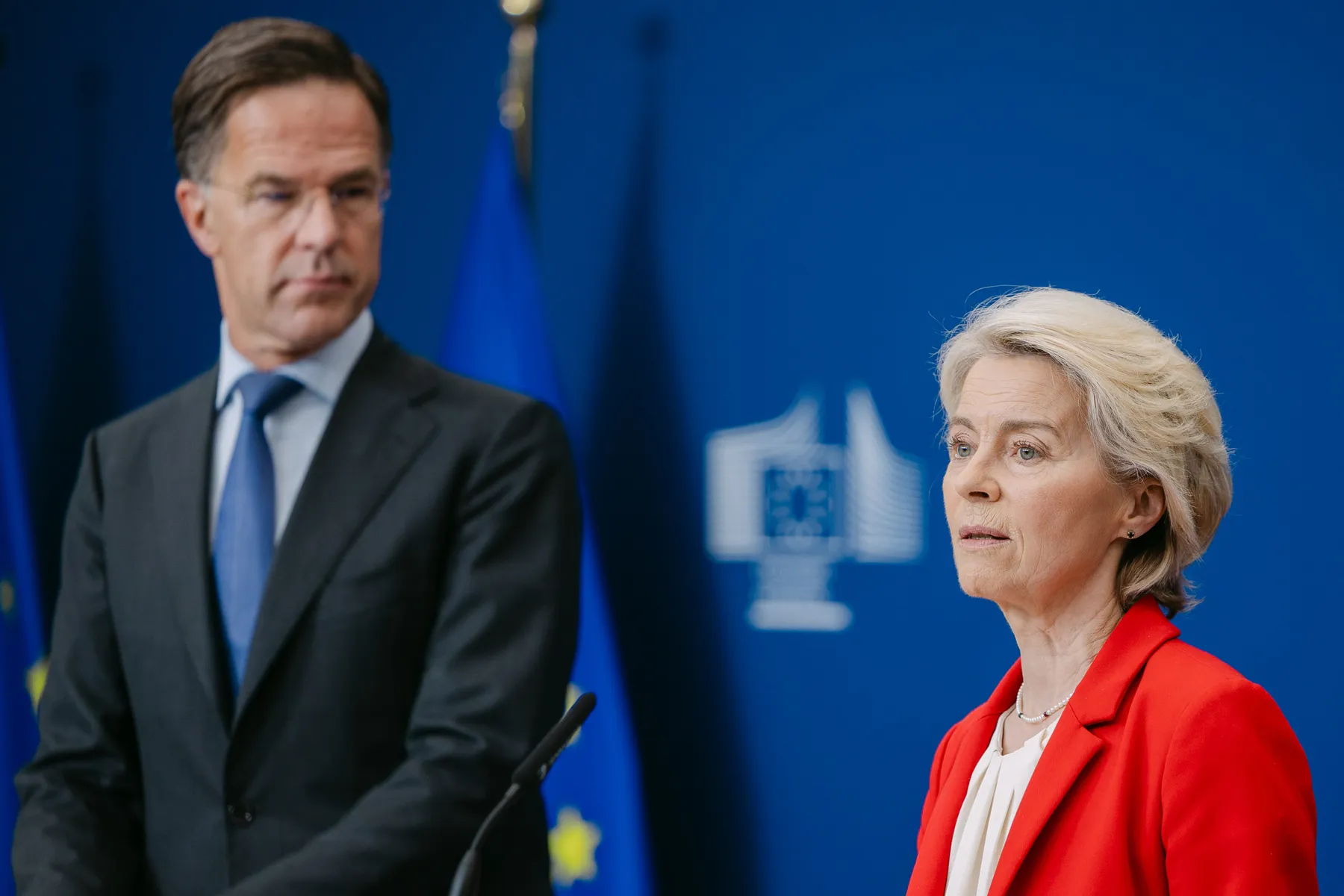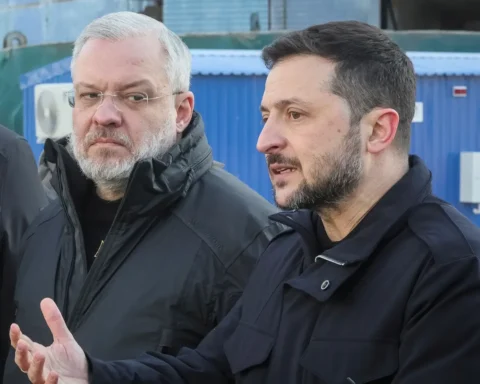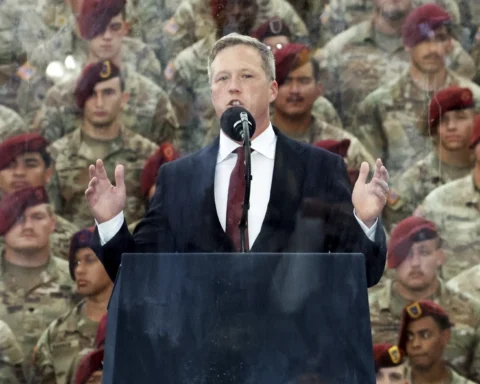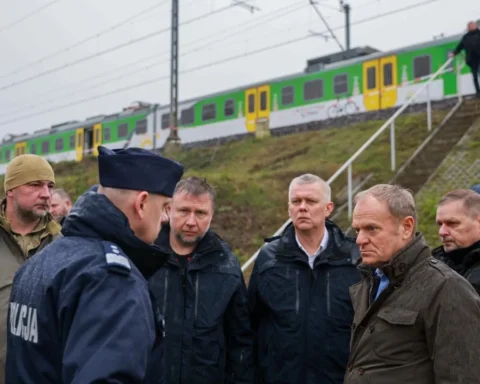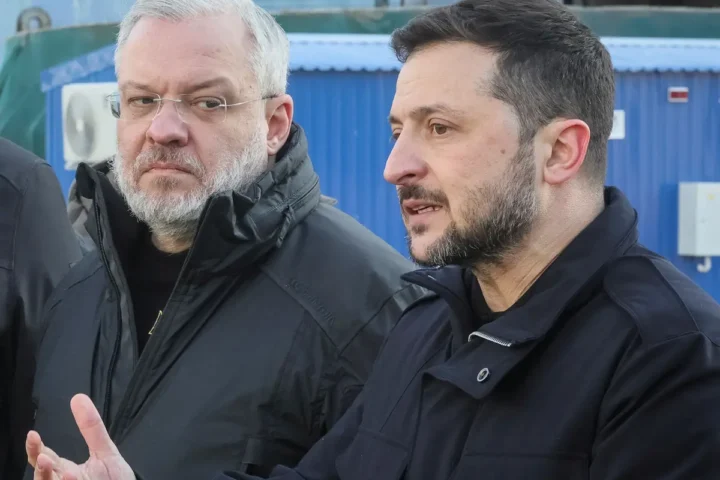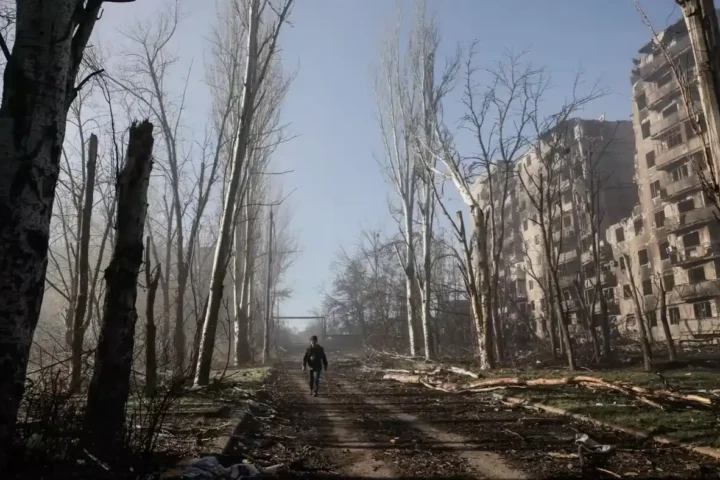A sharp rise in incursions by unmanned aerial vehicles into European airspace has pushed Western allies to scramble their defenses. Yet the continent faces a bundle of constraints—from shortages in air-defense assets and technological inertia to the complexity of intergovernmental coordination and financing—that will make a rapid response difficult. According to Bloomberg, even the European Commission’s proposed “drone wall” risks stretching out over years.
What the “Drone Wall” Is and Why It Emerged Now
After European Commission President Ursula von der Leyen announced last month that the EU would build a “drone wall,” officials and defense-industry leaders across Europe rushed to figure out how to turn the slogan into reality. The trigger was plain enough: NATO, for the first time, shot down drones that violated Polish airspace—and to destroy cheap decoys it had to fire expensive missiles, a vivid illustration of how inadequate Europe’s air-defense architecture remains.
EU leaders gathering for an informal meeting in Copenhagen hope to make headway on the details, but the project’s complexity and the scale of resources required mean quick results are unlikely.
“This Is Not a Story for the Next 3–4 Years”
Even supporters of the initiative warn that implementation will take time. “We are not talking about a concept that will be realized within the next three or four years—rather, longer,” German Defense Minister Boris Pistorius said on a panel in Warsaw. “We need to set priorities—and in my view, they lie elsewhere.”
People familiar with the talks describe the “wall” idea as a neat PR label masking a very complex reality. In particular, building a continuous “barrier” along the EU’s eastern flank runs up against the density of Europe’s skies—passenger and cargo flights alike—multiplying the risk of collateral damage during intercepts.
The Core Problem Is Classical Air Defense, Not Just Drones
Amid the wave of “dronification” in Brussels and national capitals, a basic fact risks being overlooked: Europe is short of air and missile defense and relies almost entirely on the United States for long-range capabilities—precisely at a moment when President Donald Trump is pressing allies to become more self-reliant.
“The number one issue is still classical air defense,” Latvian President Edgars Rinkēvičs told Bloomberg. While acknowledging that drones are “a very important factor of the war,” he warned against “swinging to the other extreme” and forgetting more urgent priorities.
The recent incursion by three Russian fighter jets into Estonian airspace was a fresh reminder for Riga and its neighbors: NATO needs to rethink the rules governing how the alliance responds and uses force in such episodes.
The Technology Tempo: “What’s Great in 2024 Is Obsolete by October 2025”
A key difficulty acknowledged in both the EU and NATO is the mismatch between bureaucratic and industrial timelines and the speed of drone innovation. “Great technology in 2024 is no longer great in October 2025,” Rinkēvičs noted. “It’s now obvious to everyone that we needed this ‘drone wall’ a year or two ago.”
Hence the push for modular, rapidly deployable solutions: networks of sensors and electronic warfare (EW) tools, low-cost interceptors, lasers, and mixed batteries that don’t “use a cannon to shoot sparrows”—i.e., fire costly missiles at penny-priced targets.
Who’s in Charge: Coordination and Connectivity
According to Bloomberg, the EU’s first order of business is deciding who will lead coordination and how to knit together existing national and regional initiatives so they operate “above” national assets rather than duplicating them. In essence, it’s about a networked architecture: unified data exchange, synchronized detection and intercept, common protocols, and interoperability.
The Bottleneck—Money and the EU Budget Cycle
Another obstacle is financing. Member states have roughly two months left to submit projects for the EU’s €150 billion loan facility. After that, the “window” closes until the next seven-year budget begins—in 2028. In other words, even with political will, funding gaps could slow deployment for years.
To support Ukraine, the EU announced accelerated disbursement of €6 billion from a Group of Seven loan backed by windfall profits on frozen Russian assets—funds earmarked for creating a “drone alliance” with Kyiv. Up to €4 billion should be available by year-end, according to a source. Formally, the money is intended for Ukraine, but Brussels is counting on spillover benefits for Europe—access to Ukrainian know-how and production capacity that could also supply EU needs.
Ukraine’s Experience as a Competitive Edge
Three and a half years of full-scale war have turned Kyiv into a unique testing ground for defeating drone attacks—from mass swarms to long-range strikes and EW countermeasures. For Europe, this is a chance to “import” refined tactics, control algorithms, and low-cost technical solutions—provided legal and industrial bridges can be built.
Berlin’s Stance: Spend More at Home, No Joint Debt for Now
Ahead of the Copenhagen meeting, Germany expects a heated debate on funding Europe’s flagship defense projects, including the “drone wall.” Bloomberg reports that Berlin is sharply increasing its own defense outlays and expects other capitals to do the same nationally, while opposing new joint borrowing at this stage.
The “Drone Wall” Isn’t a Silver Bullet
Europe is indeed accelerating—politically and across the defense-tech market. But a “drone wall” is not a quick, face-to-face standoff; it’s a long, expensive overhaul of the entire air-security system—from basic air and missile defense and early warning to distributed, networked counter-UAS protection. For now, the gap between what was needed “yesterday” and what will actually be fielded “the day after tomorrow” remains the continent’s primary security risk.
This article was prepared based on materials published by Bloomberg. The author does not claim authorship of the original text but presents their interpretation of the content for informational purposes.
The original article can be found at the following link: Bloomberg.
All rights to the original text belong to Bloomberg.


